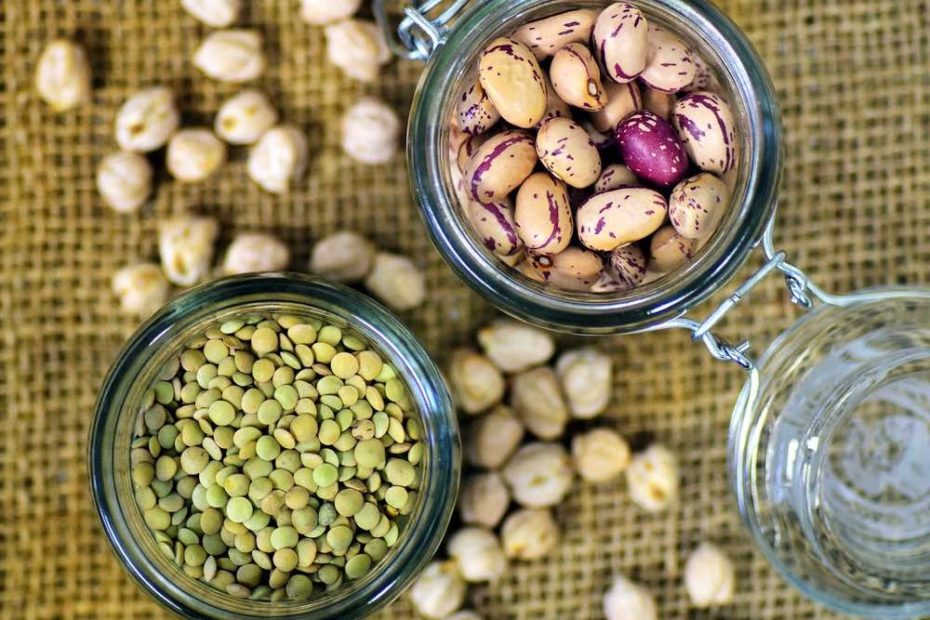Long story short, this is a centuries old process and shown to help to break down the antinutrients and components of grains that are usually hard to digest, and therefore helps to release highly beneficial components. Soaking and cooking of legumes result in a significant reduction in phytic acid and tannin contents (1), so when possible, it really is important to try and soak.
These treatments may be used domestically (and commercially) to increase the nutrients; availability from legumes to meet the problem of protein and mineral deficiencies. Our RYH customers have seen dramatic improvements in their health after properly preparing their grains, so we strongly suggest that those who believe they may have a grain intolerance to try this method because it could sort out some of those ongoing health struggles associated with these sources, and then you can enjoy them stress-free!
Why are phytates (phytic acid) bad?
They bind to important minerals which prevent our bodies from bully absorbing the product (grains and legumes usually). A high consumption of phytates can result in mineral deficiencies because it blocks the absorption of zinc, iron, phosphorus and magnesium. This can result in further problems such as poor bone health and teeth erosion. It also contributes to anaemia and a lower metabolism- no thank you!
When you soak your foods, a natural enzyme called phytase is activated and breaks down those nasty phytates making the foods more digestible and nutritious. However, phytases only come out to play in soaking methods, sprouting and souring are also effective, because cooking is not enough to be effective.
How do I soak them?
It may sound complicated but it is actually pretty easy, you just need to be a bit more organised than usual and plan ahead. When it comes to soaking, acid products are a vital part of the process because it helps the release of phytates. You could try dairy based acids (whey, kefir, whole milk yoghurt) or non-dairy acid mediums (lemon juice, raw apple cider vinegar, coconut or water kefir) if you are dairy sensitive/ intolerant, or just prefer the tastes of these mediums. The basic rule is to use 1 teaspoon of the acid medium, mixed with 1 cup of warm water and leave them for around 12-14 hours. This can vary depending on the food source so feel free to email us and we can give you a more detailed process: info@resetyourhealth.com
Do I soak all of my foods from now on then?
No! You do not need to soak everything- who would want soggy bread? It is important to note that not all grains contain enough phytic acid, even when soaked, such as oats and corn. Wheat and rye flours do contain high levels, so adding a tiny bit to your corn or oat can help reduce the levels of acid to solve this problem. Dark colour legumes, such as red kidney beans, have a higher level of phytic acid and tannin compared with lighter colour ones, such as white kidney beans, so they would be more important to soak. RYH aims to improve gut health and digestion, so if you find soaking is not going to solve your issues then check us out!
References
- Huma, N. “Effect of Soaking and Cooking on Nutritional Quality and Safety of Legumes”, Nutrition and Food Science. 2008. Available from: https://www.researchgate.net/publication/242335497_Effect_of_soaking_and_cooking_on_nutritional_quality_and_safety_of_legumes
